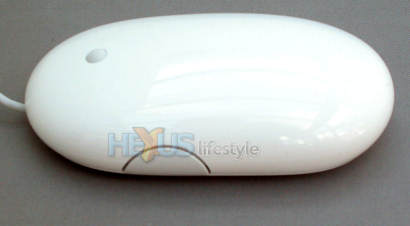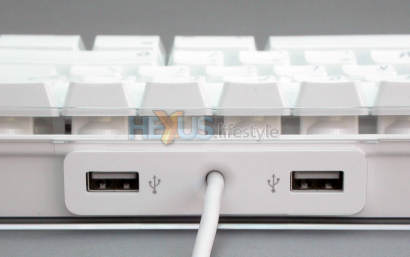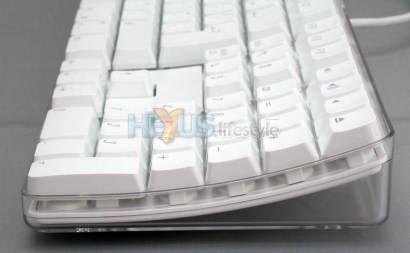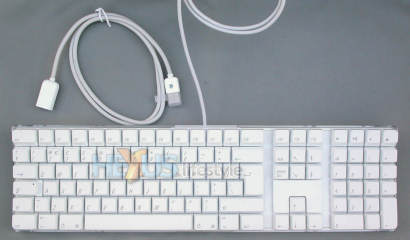Mouse and keyboard matters
Apple supplied us with a wired "Mighty Mouse" and the companion wired keyboard that mini buyers are offered as bundle when placing their orders online. Rather oddly, we found ourselves happier using the £35 Mighty Mouse under Windows XP than under OS X.
Under both operating systems, though, we greatly preferred a cheap and cheerful OEM version of Microsoft's Wheel Mouse Optical that can be had for under £7 from SCAN Computers, other online resellers and computer fairs.
To us, Microsoft's mouse fitted better in the hand and its action was a whole lot more positive - we felt we knew exactly what would happen when using its various buttons.
With Apple's smooth-topped Mighty Mouse, you need to sort of rock the whole of the mouse in one direction or the other for the main left-click and right-click actions and this, for reasons we simply can't explain, seemed to be easier to do correctly in XP than in OS X.
Under OS X, though, life can be better with four side buttons - the number that the Mighty Mouse offers. As you can see below it has a conventional button on each side, in addition to the switches built under the mouse's top shell.
The extra buttons are useful because the OS offers a number of worthwhile programming options for up to five mouse buttons (the scroll ball on the top acts as a button, too, as with most models of mouse). If buying a mini, we'd probably be inclined to go mad and lash out £11 or £12 for a Microsoft Intelli Optical, which does have an extra button on each side and the same very positive button action as its cheaper stablemate.
We had no issues with the keyboard, though it's not one of our favourites. The action is okay and so is the layout - and, of course, it has some dedicated Apple keys. We do, though, love having an eject button for optical discs on the keyboard and like the way Apple fits a relatively short USB lead but supplies an extension cable in case you need the extra length.
As has been the case with all Apple keyboards we've seen - going back to the early 1990s and well before USB arrived - there are two mouse sockets on the back, one each for the left-handed and right-handed. This means that there's unlikely to be a situation where you need a mouse with an ultra-long lead or extension cable. Oh, and don't even think of plugging a mouse directly into one of the computer's USB ports, rather than a socket on the keyboard - in our experience with the mini, it won't work.
The system is quite happy, though, if you plug a pair of meece into the keyboard. We used that setup throughout, just to make sure that we did give Apple's mouse a proper workout and not always use a Microsoft mouse. Another nice little Apple touch - as you'll see in the third keyboard shot below - the USB plug on the extension cable comes with a protective cap incorporating a clip that secures it to the cable.













